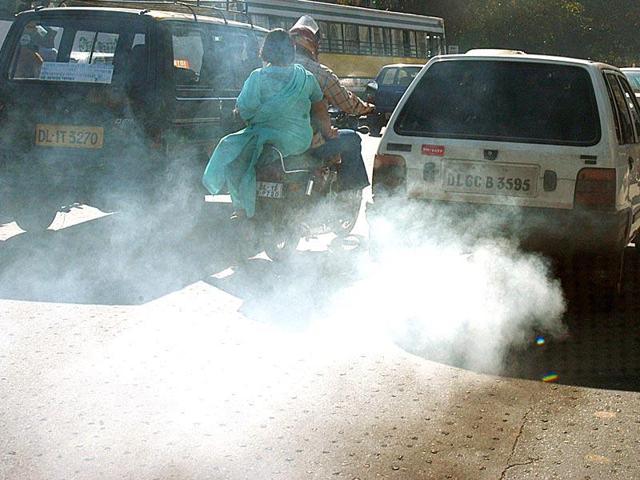If you love crackers and cars, then you have no right to demand clean air
Diwali is still a few days away and it’s not yet winter. But the city’s air pollution situation is already critical. It’s a no brainer that such high pollution levels impact health of citizens, but surprisingly while the State generates real time air quality data, it does not issue public health alerts
When President Barack Obama visited New Delhi in 2015, the US embassy purchased 1,800 indoor air purifiers to protect its employees at the embassy and other locations. When the news broke, Delhi’s citizens, politicians and bureaucrats were aghast: While citizens felt the government does not do enough to clean the city’s air, bureaucrats and politicians said the situation was not that bad and the Western press was unfairly targeting India by comparing the city with Beijing.

Read: Track pollution in your city with this real-time air quality map
But that reports on Delhi’s toxic aid were not a figment of imagination or an effort at maligning India is clear from the real time air quality index (AQI) that is available now. The index transforms complex air quality data of various pollutants into a single number, nomenclature and colour. On Sunday, Delhi’s AQI, calculated by the Central Pollution Control Board and SAFAR, a research-based initiative of integrating air quality with health advisories and food security under the ministry of earth science, showed that Delhi is in the ‘red zone’ with of 318. An AQI of more than 300 is considered “very poor”.
These two measurements were not the only ones sending out those SOS signals: Even the US embassy’s air quality monitoring stations, located at Chanakyapuri, a cleaner and greener area than the other parts of the city, showed “unhealthy” levels as per its AQI measurement.
Read: Air Quality Across SAFAR Cities: AQ-Index
What is alarming is that Diwali is still a few days away and it’s not yet winter, but the situation is critical. It’s a no brainer that such high pollution levels impact the health of citizens, but surprisingly while the State generates real time air quality data, it does not issue public health alerts.
An alert would not only help citizens but could also lead to the implementation of temporary measures to bring down the pollution levels. For example, on red alert days, Bejing closes schools; pulls government-owned cars off roads, and shut polluting industries. In the US, industrial units have to reduce emissions, cut vehicle miles etc. Monitoring minus any immediate action has no meaning.
Read: Odd-even scheme had little impact, didn’t cut Delhi pollution: Green panel
If Delhi --- and the National Capital Region --- is serious about tackling the air pollution problem, Diwali could have been good start. It may sound a bit drastic, but citizens have to accept that no religious festival can be an excuse to destroy the environment, and that the festival of lights can be celebrated with lights only.
More importantly, they don’t to burst crackers a week in advance. Other than the environment, think about the old people, the sick, children and animals.
Do people who live in Delhi and the NCR region – or for that matter those staying in other metros --- have any right to expect clean air when they have such obsessive love for personal vehicles and Diwali crackers? We don’t think so.





